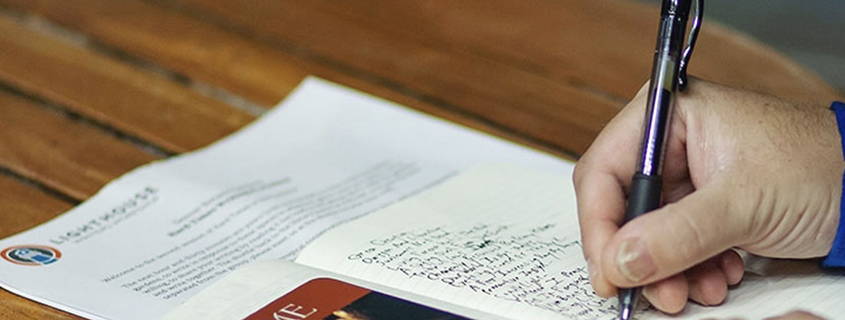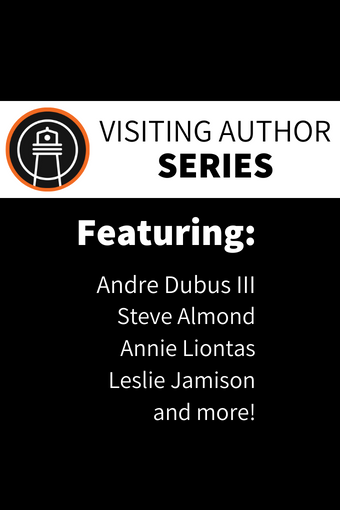
My mother always wanted me to be a doctor. She loved medicine and helping people and spent most of her work career as a secretary for a gentle, silver-haired doctor who drove a Mercedes coupe and owned a mansion with stables. When she graduated from high school, she had aspirations to be a nurse, but alas, she got married and had three kids in the span of five years. And while she never pressured me to actually study to become a doctor, I felt her desire as something in the air, unsaid but part of the atmosphere I grew up in.
I have to say that I tried to become a doctor, but then in college, there was organic chemistry and physics and the poor grades I got, and then in my junior year, I fell in love with literature and creative writing and the dream went away.
Although I never ended up in medicine, the science and the culture of it fascinates me. Like most people, I have spent some time in hospitals (as both visitor and patient), but I’m not afraid of them. My mother-in-law, a therapist, once told me that there are two public spaces that are important to our culture: airports and hospitals. In these spaces, some of our most important and challenging moments happen. We say hello, or we say goodbye. You enter the edifice as one person, and leave as someone different. What happens inside makes it so. And sometimes dealing with the emotions of what’s happened can be overwhelming.
All this provides some context, I hope, for CORAL, the Colorado Resiliency Arts Lab, a partnership between Lighthouse, Children’s Hospital Colorado, and the University of Colorado Anschutz Medical Campus. We’ve been conducting an NEA-funded study to measure how arts engagement might reduce levels of stress, depression, and burnout in health care workers—doctors, nurses, therapists, support staff, and others. For me, it feels like a way to give back to the people I’ve known in the medical profession. And even more personally, it's a way to honor my mother, who died on a quiet hospice floor at Buffalo General Hospital when I was just 24 years old.
Working with Dr. Marc Moss, Professor of Pulmonary Science and Critical Care at UC Health University Hospital, and Katherine Reed, Creative Arts Therapy Program Manager, and her team at the Ponzio Creative Arts Center at Children’s Colorado has been a wonderful gift, and an education, both to me and to Lighthouse. At Lighthouse, we’ve been working with at-risk youth and underserved communities for years, having them write and share their stories, nurturing participants’ innate creativity, and giving them space to process life experiences. This happens in a workshop format—a small group is a sacred, protected, and nurturing space.
What we’ve known anecdotally for a long time—namely, that writing can save people—has been borne out by the study. Specifically, it showed writing helps people process traumatic life experiences by helping them piece together the broken narrative inside their heads, the very narrative that threatens to spill over and control every aspect of their lives. For critical-care nurses and doctors, this brokenness can come from the seemingly endless losses inherent in their workplace—the ICU, the emergency room, the hospital floor. The writing workshop is a place in which to express and release all that has built up in the course of stressful days, to give participants a container outside themselves to hold their stories. It is, as a participant said recently, strong medicine.
When the study began, I taught the first two cohorts of heath-care workers myself. Each session ran for twelve weeks, and we met for an hour-and-a-half each time. (This was during COVID, so classes took place with everyone masked.) There were a few doctors but mostly the participants were critical-care nurses and therapists—front-line workers, in other words. Almost daily, they lived through the worst of things, and often wrote about what they saw and felt in those small rooms, with the tubes and machines and harsh lighting. These expressions came naturally, after they’d grown familiar with the format of writing freely, with no expectations of quality, sense-making, or grammatical correctness. The only rule in the workshop is to keep the pen moving across the page.
Some participants avoided the workplace and wrote about their childhood. Some wrote about their parents’ divorce. One nurse wrote extensively about her kids; another about her trip to Africa and the people she met there. One woman wrote trippy, beautiful dream passages. At first. And then, she wrote about the death of her sister, who used to be her best friend. And then she wrote about the losses she endured at work, and how those losses kept the memory of her sister close. She, like everyone else, seemed reticent to share her writing at first—even though we agreed as a group that feedback would always be encouraging. After a few weeks, however, she volunteered more and more often, until she was ready to read every single time. She was not the only one.
Some of the participants wrote about the pain they felt at work and how it scarred them. How they, despite their best efforts to stay objective and professional, developed deep bonds with some patients, only to lose them. One woman wrote about her favorite “frequent flyer”—a person who becomes a regular patient over time, reappearing at the hospital again and again—and how she’d sometimes sit with her and watch bad TV. She wrote about how she said goodnight to her friend one night, and then when she came in the following day, there was a new patient in the bed. She wrote about the anger and grief she felt, how she’d never gotten a chance to say goodbye. Her job was to get over it, and do so immediately. She had a new patient to take care of. This was a common theme—how grief is a part of the job (though it’s not supposed to be), and yet there’s never time to feel it, to process it. The churn is endless. Closure is impossible.
Participants wrote difficult stories like this, but they also wrote about joy, too. Their families, their kids, their dogs and cats. They read their work aloud and almost always there was spontaneous celebration and commiseration. Yes, that also happened to me, too, and Yes, I feel the same way. There were laughter and tears, of course. Often, my role as writing instructor fell away, and I merely listened.
Some data from the CORAL study, which formally measured a host of things, compared to a control group. Participants showed:
- 27% reduction in feelings of anxiety
- 36% reduction in feelings of depression
- 12% reduction in sensations of emotional exhaustion
- 15% reduction in measures of depersonalization
- 6% increase in feelings of personal accomplishment
- 10% reduction in feelings of leaving the profession
- 28% increase in feelings of positivity and hopefulness
To see a room full of strangers bond like this was good medicine for me, and perhaps made me feel closer to my mother. She loved the idea that medicine was a form of care—rigorous and scientific, yes, but also a function of the heart as well. Which is also a basic function of art. Art, specifically stories, is a way to let the heart sing its songs, whether those songs be joyful or mournful, or somewhere in between. In this chorus of voices, the heart heals and connects with other hearts.
Editor's note, courtesy of the coral website: In the United States, over 1 million critical care healthcare professionals treat our most seriously ill patients. As a result of their stressful work environment, these healthcare professionals often experience symptoms of anxiety, depression, post-traumatic stress disorder, and burnout syndrome. More than ever, providers are looking for tools to help them draw on their resilience and cope with work’s stressors. Creative arts programs use a variety of media to engage with peer groups, enhance the connection to work, and cultivate positive coping skills. Our creative arts program combines visual, musical, writing, and physical expression therapies and techniques to help providers identify, explore, and transform psychological difficulties. Together, the University of Colorado Anschutz Medical Campus, the Ponzio Creative Arts Therapy Program at Children’s Hospital Colorado, Lighthouse Writers Workshop, and the National Endowment for the Arts are building capacity, engaging with the community, and conducting research that explores the psychological benefits of creative arts.https://medschool.cuanschutz.edu/coral

